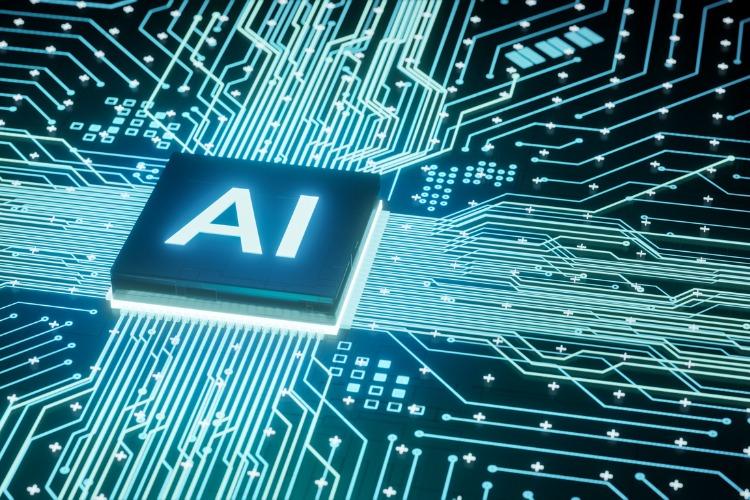How to Augment Creative With AI: Using RAG for Generative Art and Design
In the rapidly advancing field of artificial intelligence, innovative techniques like Retrieval Augmented Generation (RAG) are revolutionizing how AI systems generate content. RAG, a powerful approach that combines knowledge retrieval with language generation, has the potential to transform various domains, including generative art and design.
This article explores how RAG can augment creativity in AI, focusing on its applications in generative art and design.
Understanding Retrieval Augmented Generation
Retrieval Augmented Generation is a novel approach that integrates knowledge retrieval with language generation models, such as GPT-3. By leveraging vast amounts of external knowledge, RAG enables AI systems to generate more accurate, contextually relevant, and diverse content. The key components of RAG include:
- Knowledge Retrieval: RAG systems employ efficient retrieval mechanisms to search through extensive knowledge bases, extracting relevant information based on the input query or context.
- Language Generation: The retrieved knowledge is then fed into a powerful language generation model, which uses this information to generate coherent and contextually appropriate responses or content.
The seamless integration of knowledge retrieval and language generation allows RAG to produce high-quality outputs that are grounded in real-world knowledge, making it a promising approach for creative applications like generative art and design.
Enhancing Generative Art with RAG
Generative art, which involves using algorithms and AI to create unique artistic pieces, can greatly benefit from the capabilities of Retrieval Augmented Generation. By incorporating RAG into generative art systems, artists and designers can:
- Access vast visual knowledge bases: RAG allows generative art systems to retrieve relevant visual information from extensive databases containing images, textures, patterns, and artistic styles. This enables the AI to draw inspiration from a wide range of sources and create more diverse and visually appealing artworks.
- Generate contextually relevant artwork: RAG can help generative art systems understand the context and theme of the desired artwork by retrieving relevant textual information. This enables the AI to create art pieces that align with specific themes, emotions, or narratives, resulting in more meaningful and impactful creations.
- Combine multiple artistic styles: With RAG, generative art systems can retrieve and blend various artistic styles, techniques, and visual elements to create unique and innovative artworks. This allows for the exploration of novel artistic combinations and the generation of visually striking pieces that push the boundaries of traditional art.
Transforming Design with RAG
Retrieval Augmented Generation also holds immense potential for revolutionizing the field of design. By leveraging RAG, AI-powered design systems can:
- Generate design variations: RAG can help design systems retrieve and combine different design elements, layouts, and styles to generate a wide range of design variations. This enables designers to explore multiple creative options quickly and efficiently, accelerating the ideation process and fostering innovation.
- Adapt designs to specific contexts: By retrieving contextual information, such as user preferences, cultural nuances, or industry trends, RAG-powered design systems can generate designs that are tailored to specific target audiences or markets. This ensures that the generated designs are not only visually appealing but also relevant and effective in their intended contexts.
- Optimize designs for user experience: RAG can assist design systems in retrieving user feedback, usability guidelines, and best practices to generate designs that prioritize user experience. By incorporating this knowledge into the design generation process, AI can create intuitive, user-friendly interfaces and products that meet the needs and expectations of end-users.
Combing RAG & AI For Bolder Experiences
The fusion of Retrieval Augmented Generation and AI holds immense promise for augmenting creativity in generative art and design. By harnessing the power of knowledge retrieval and language generation, RAG enables AI systems to generate visually stunning, contextually relevant, and user-centric creations. As this technology continues to evolve, it has the potential to redefine the way artists and designers approach their craft, unlocking new realms of creativity and innovation.
Embracing RAG in generative art and design will not only streamline the creative process but also pave the way for groundbreaking artistic expressions and design solutions that captivate audiences and shape the future of these fields.

